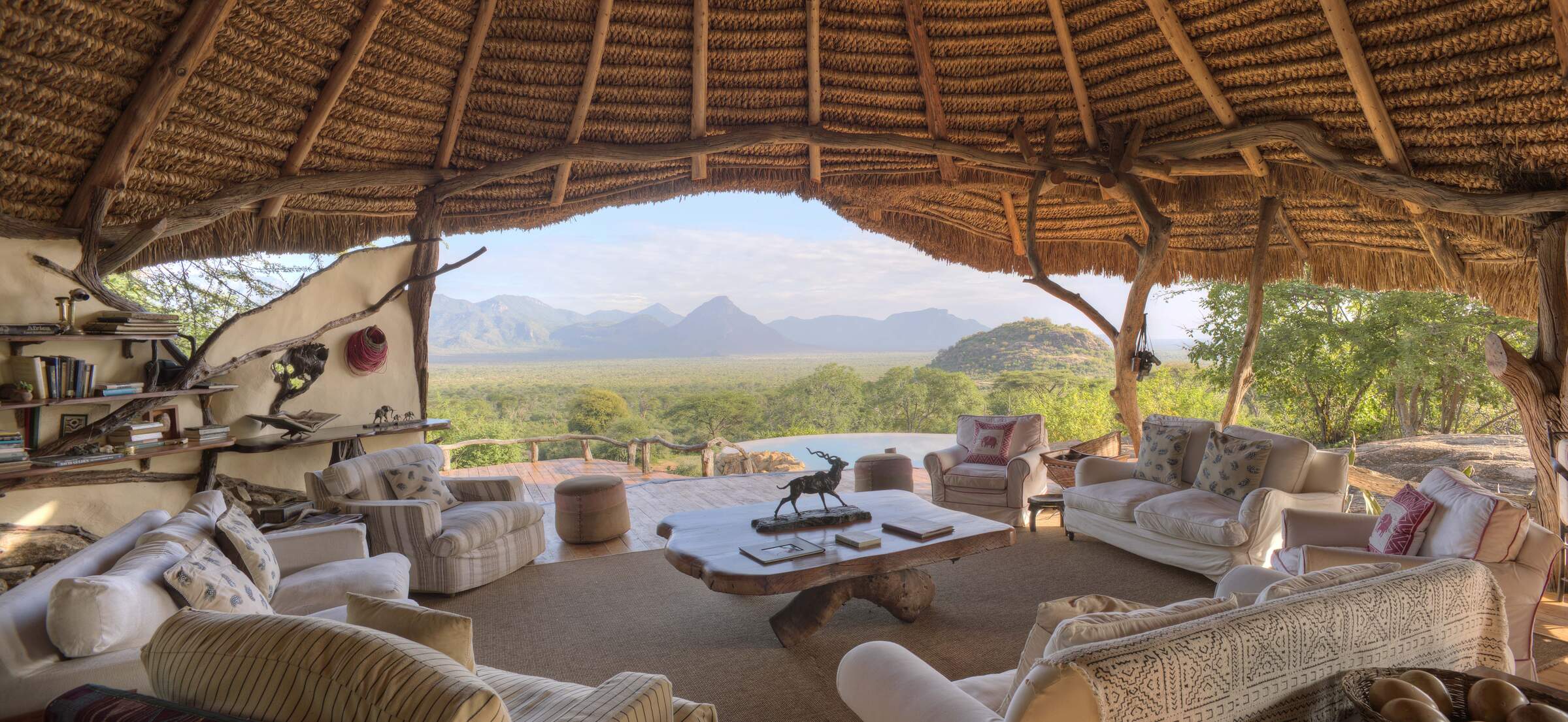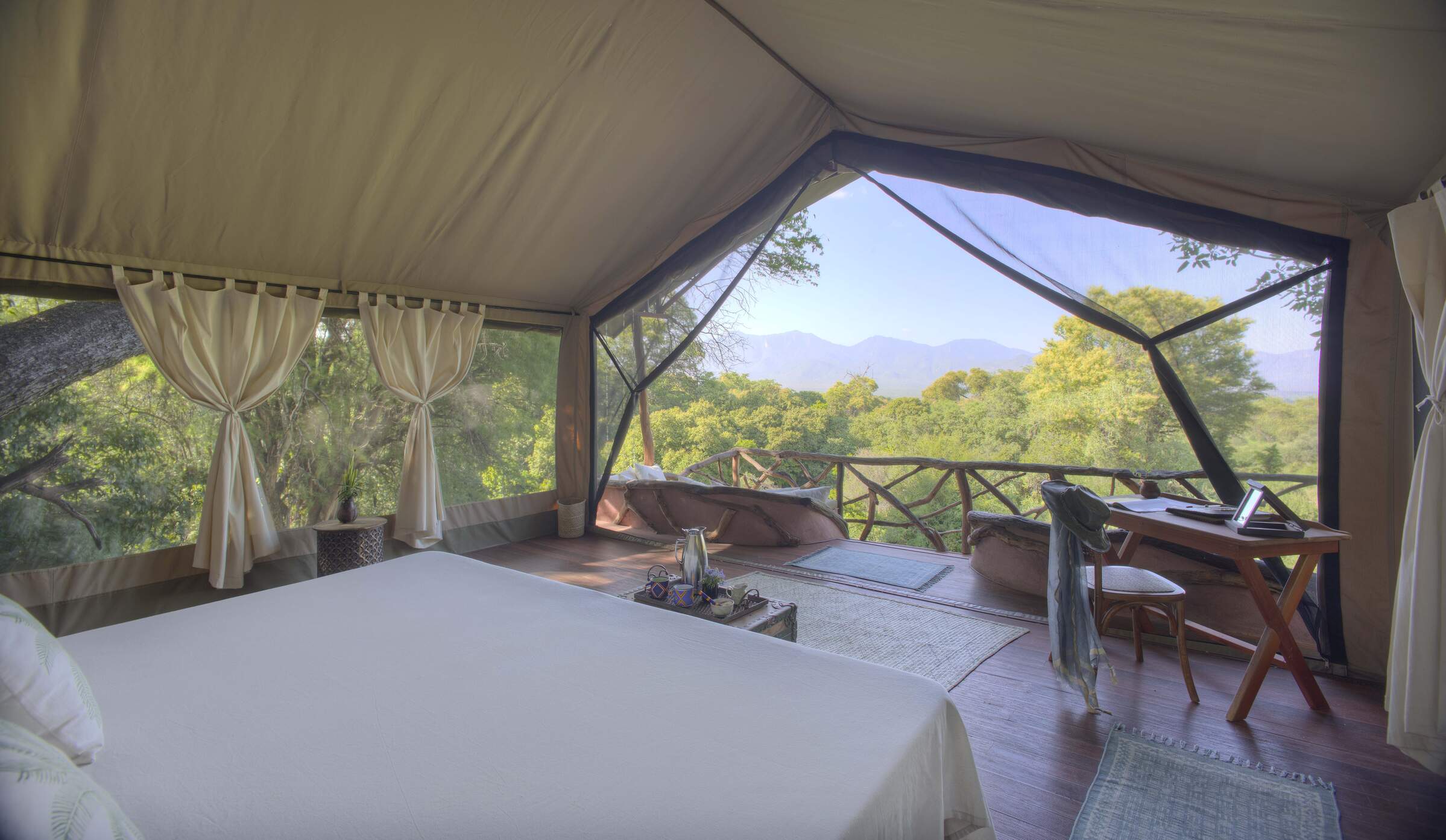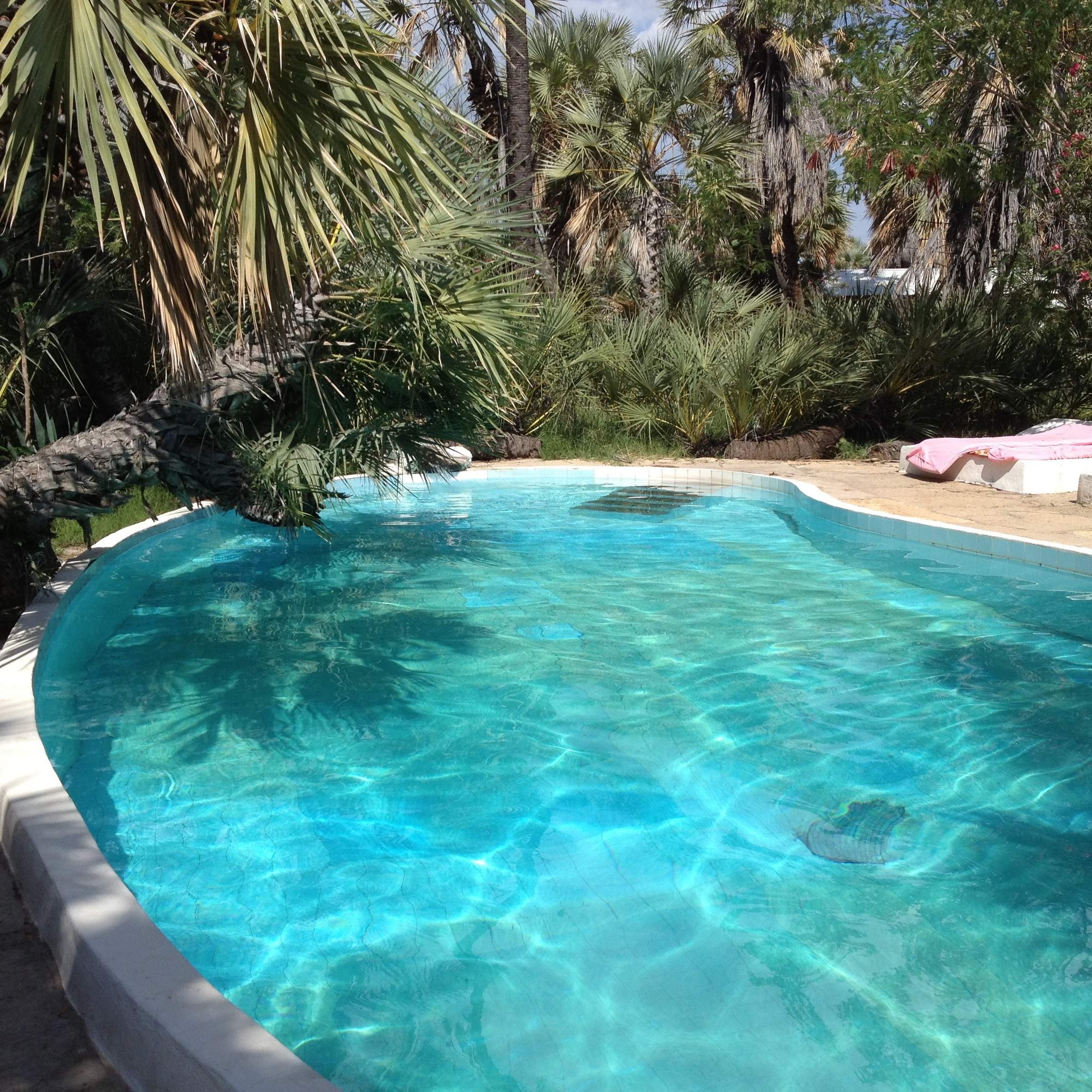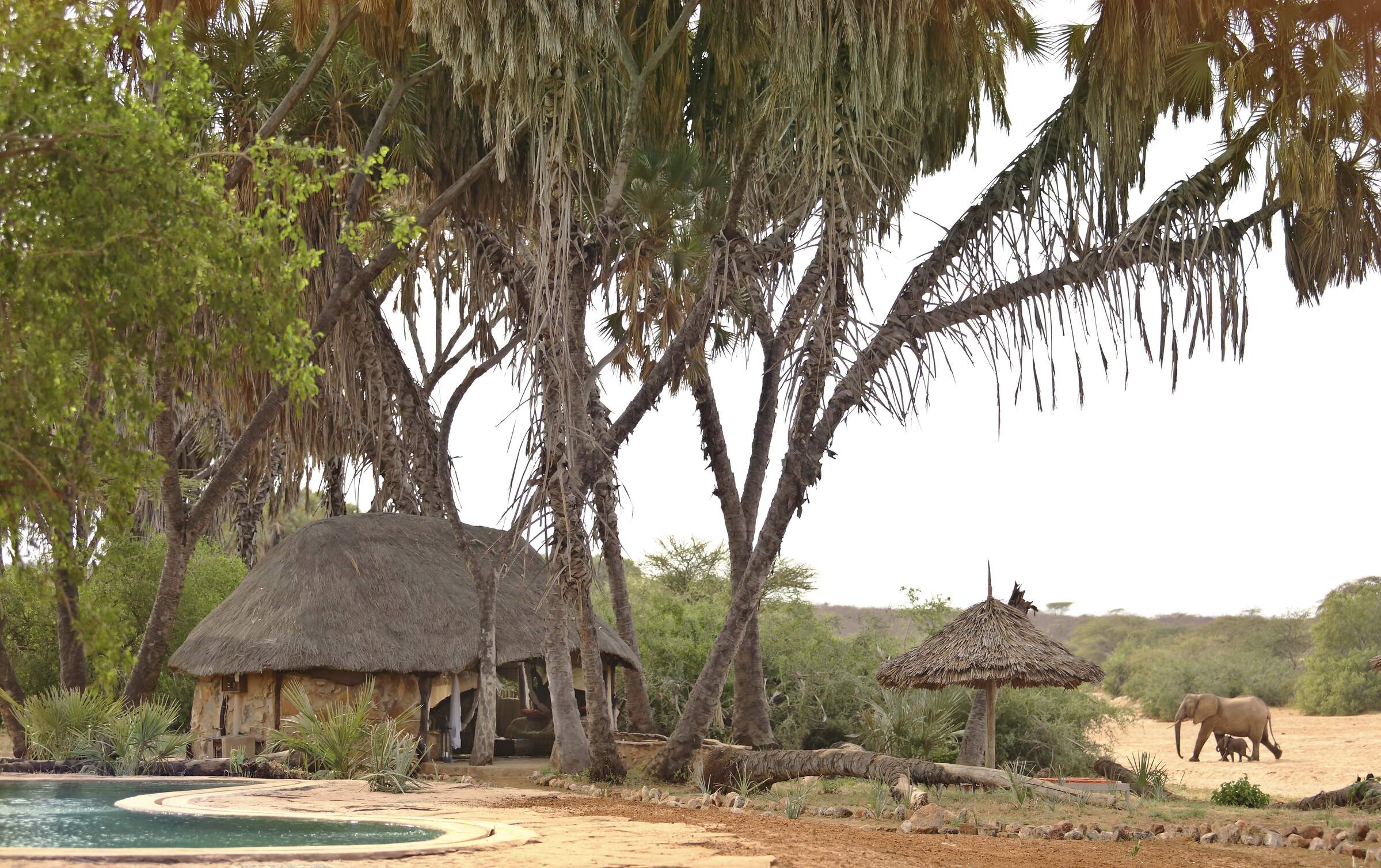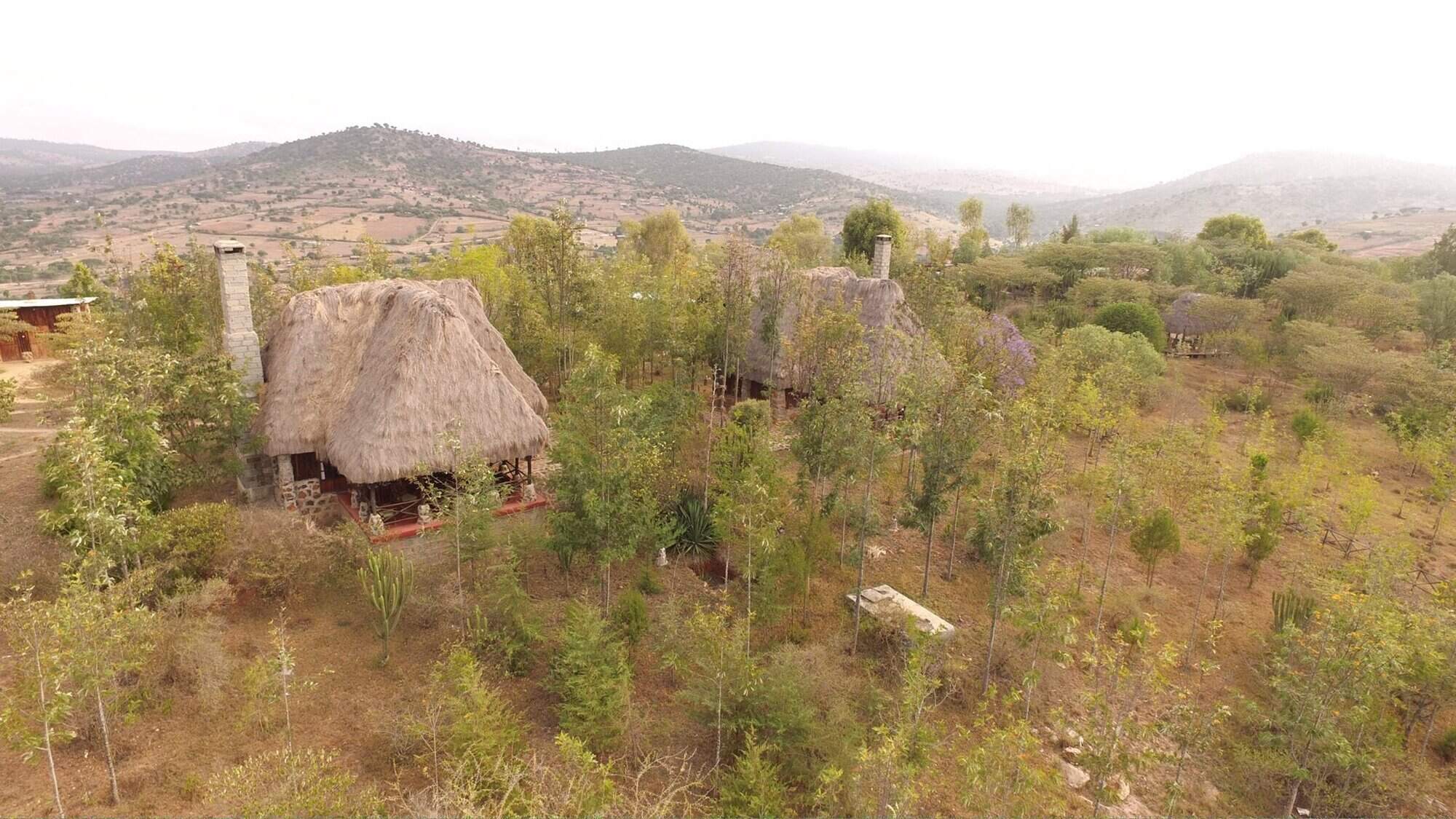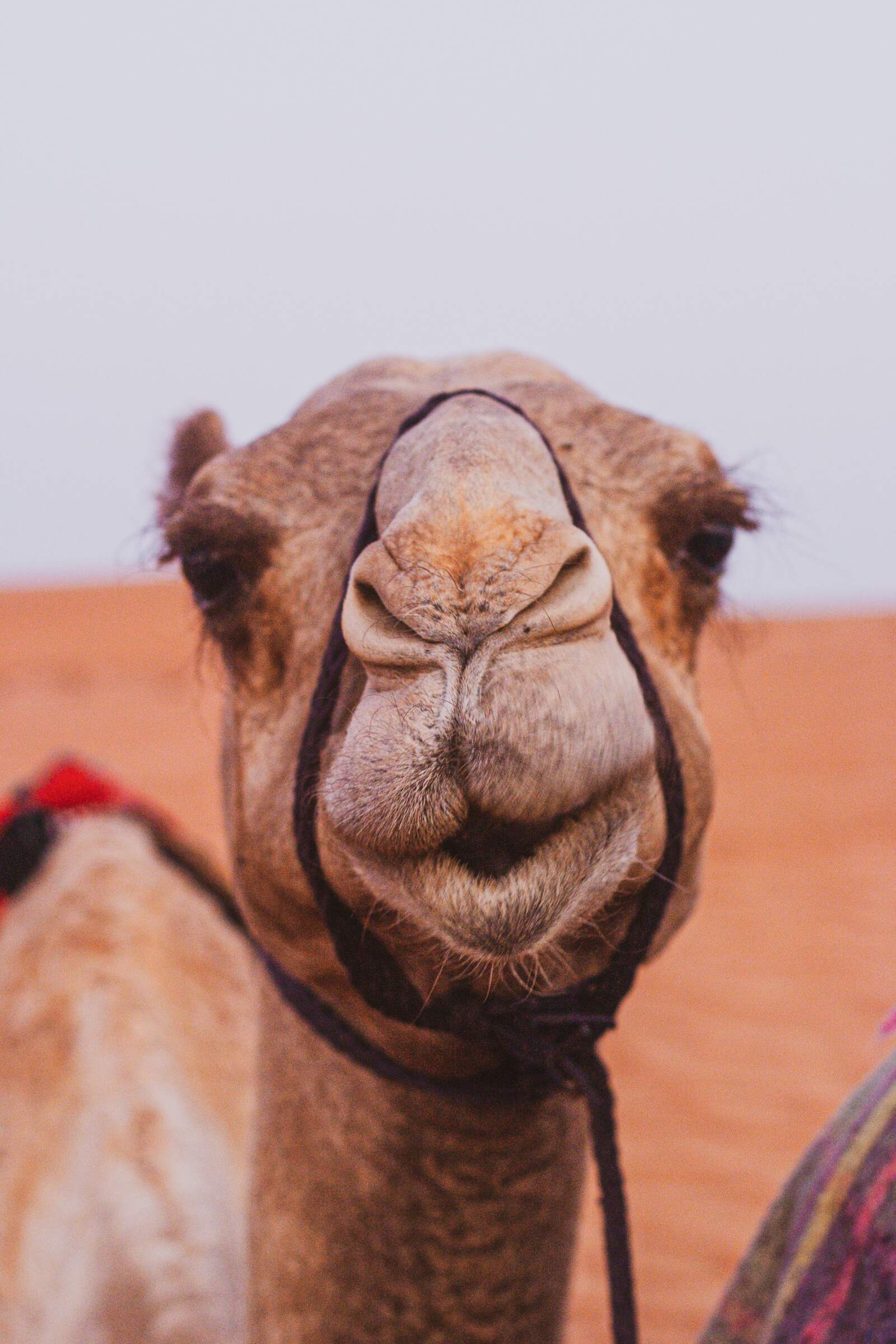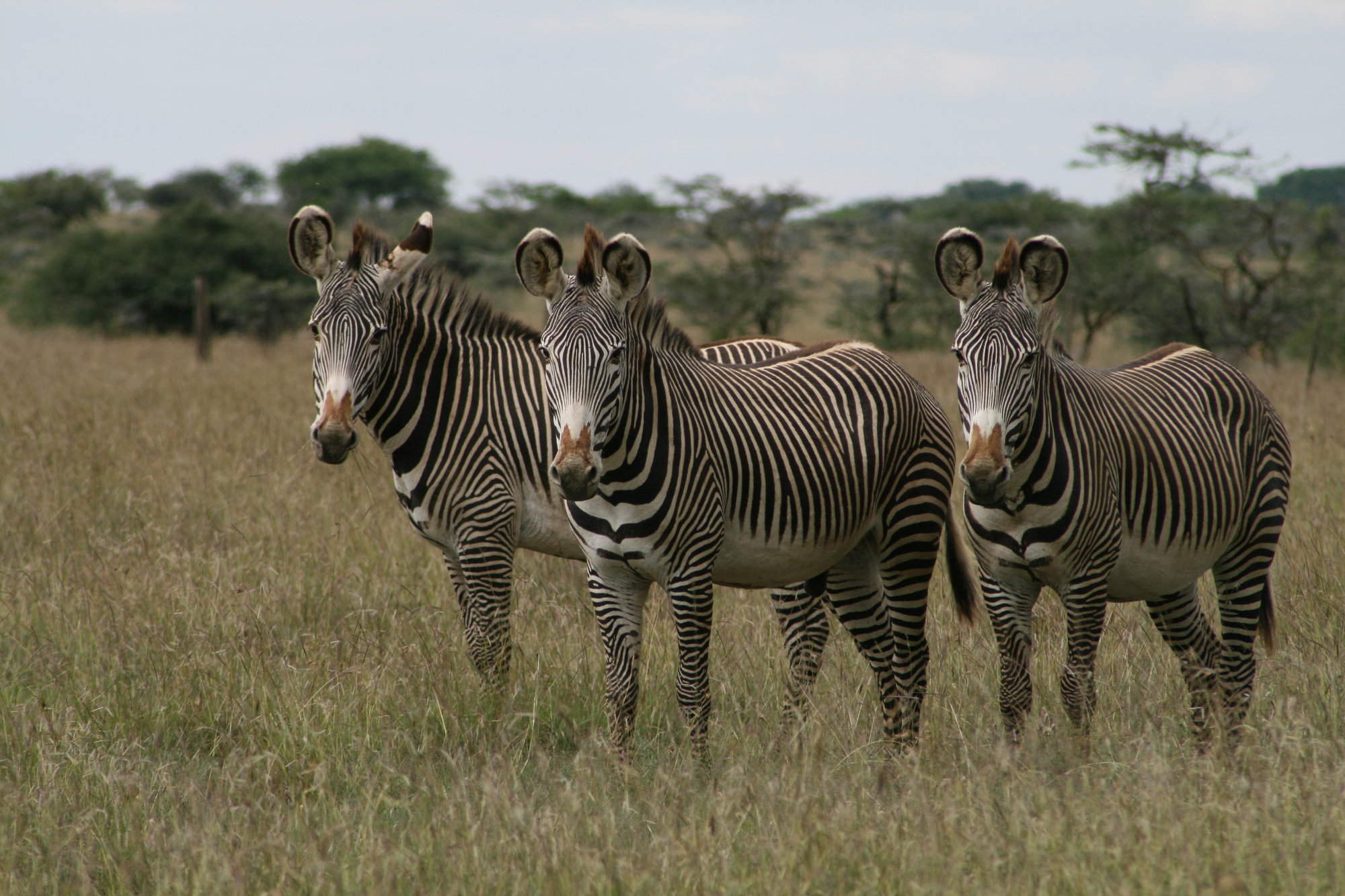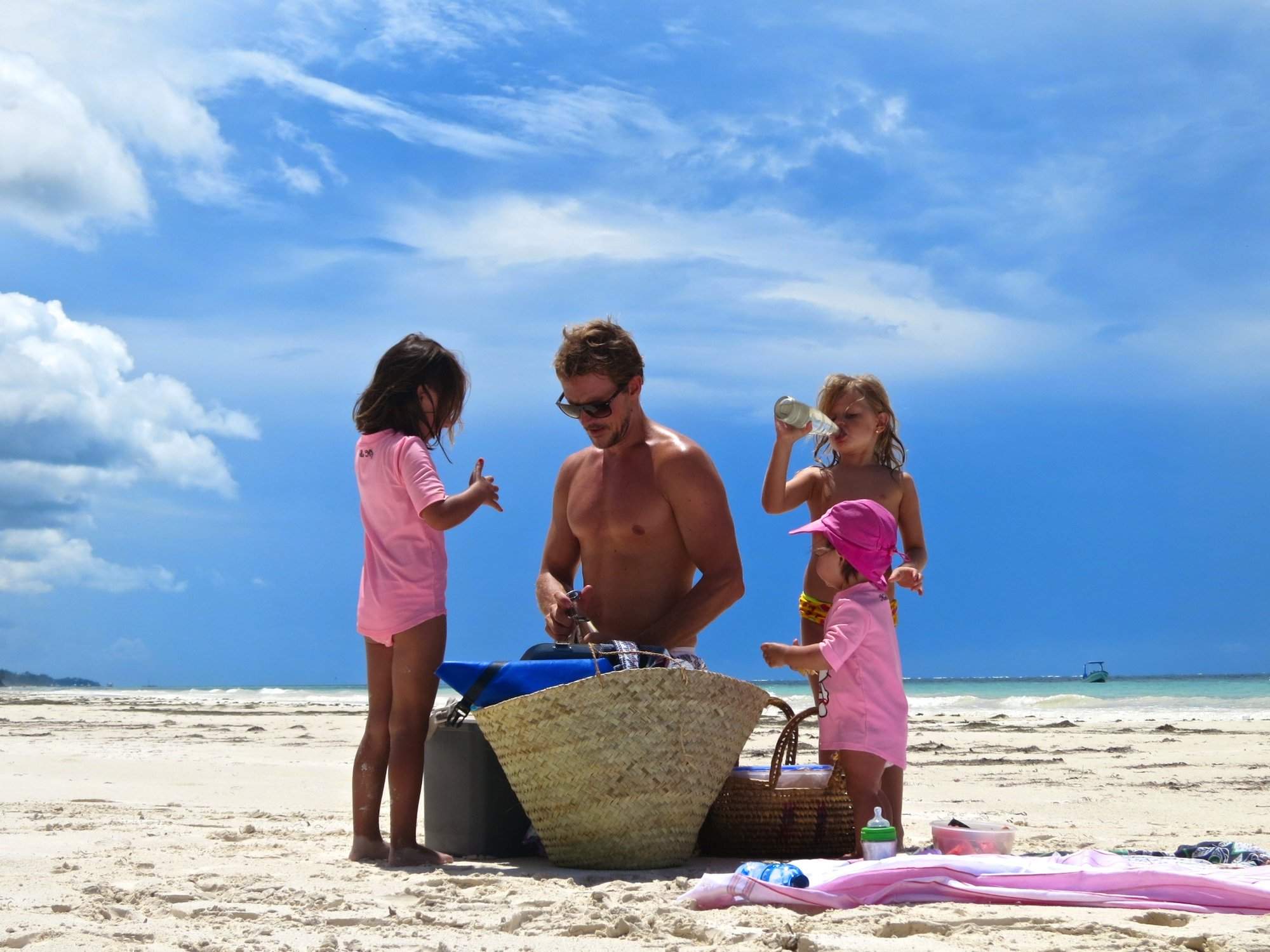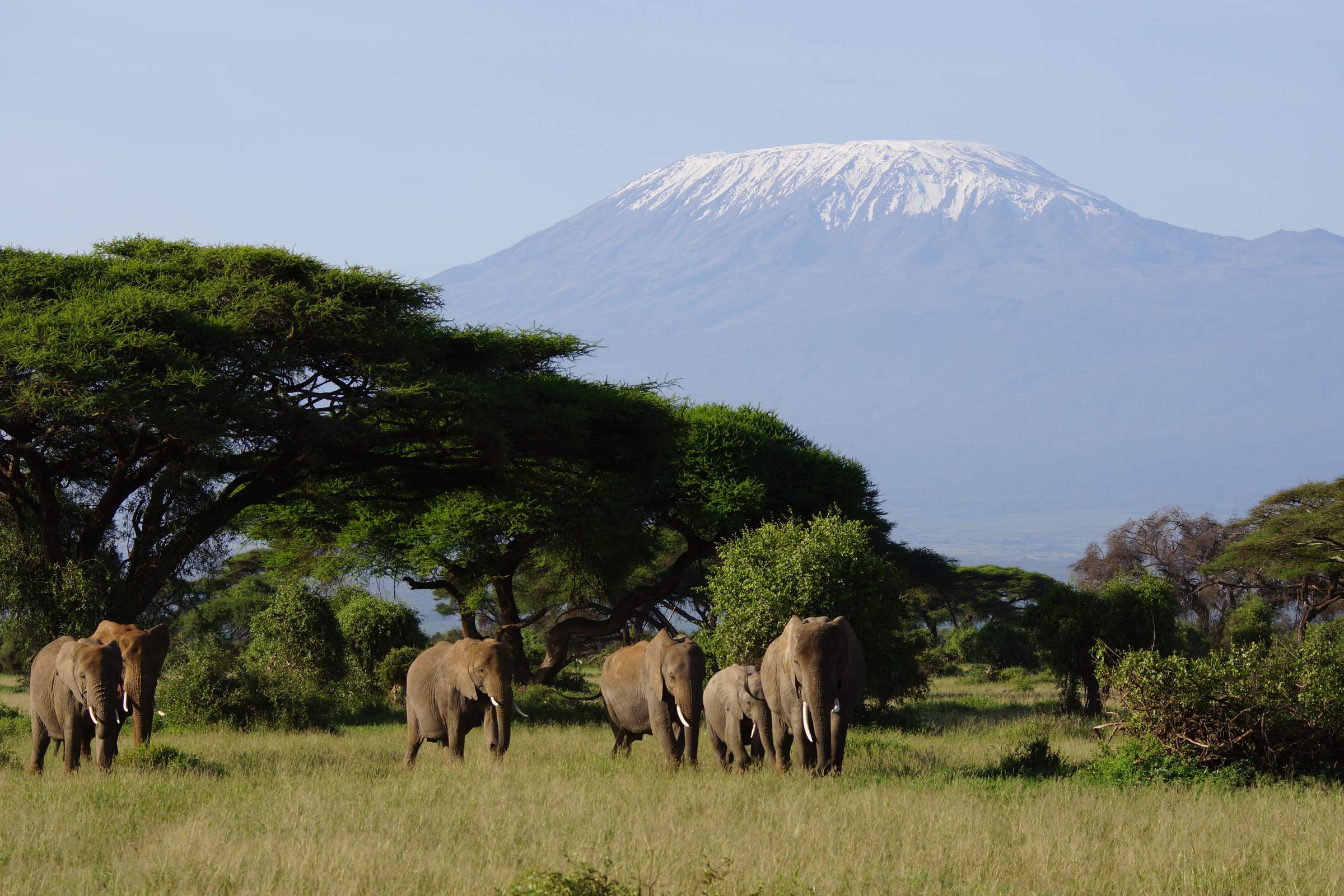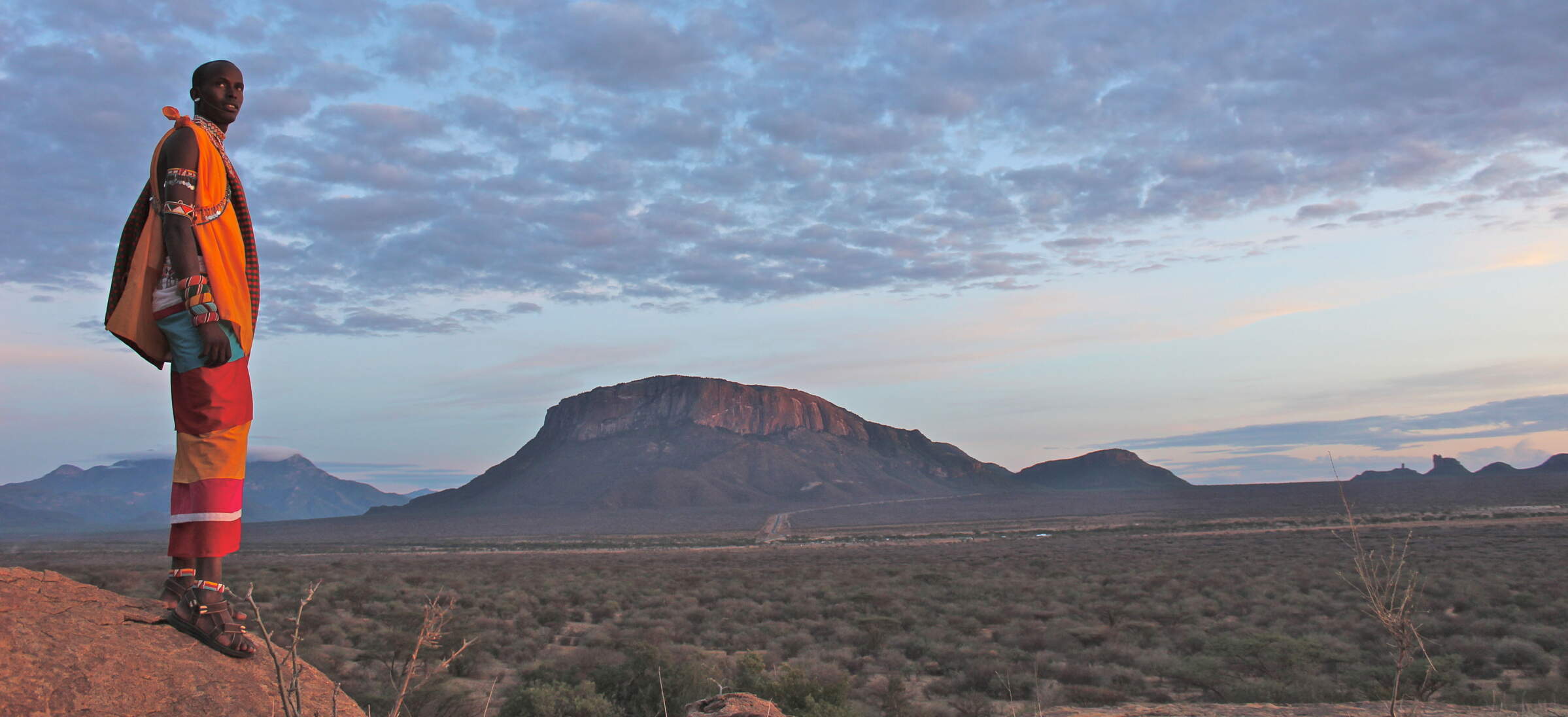Kitich Forest Camp: Our full report
Located well off the beaten track, Kitich lies at an altitude of 1,330m on the western slopes of the Mathews ...
... range, a lushly forested Afro-montane “sky island” surrounded by semi-desert plains. Ol Donyo Lenkiyio (2,375m, or 7,790ft above sea level) is the highest point in the central cluster of these gaunt mountains, known as Lenkiyio to the Samburu people. The Mathews range is protected by the Mathews Range Forest Reserve, which lies within the 900km² Namunyak Wildlife Community Conservancy, a Samburu community conservancy. Local Samburu warriors and elders staff Kitich and work as guides and the camp provides an ideal location for exploring this region, which is one of northern Kenya’s best preserved highland forest ecosystems.Arriving at Kitich, you’ll either make the fairly long and arduous journey by road from the nearest scheduled airstrip at Kalama, near the Samburu National Reserve, or drop into the camp’s local airstrip at Ngelai, by private charter flight, from where it’s a 45 minute drive to camp. The last 20 minutes of the approach are up a small earth road through increasingly dense forest, which finally flattens as it emerges into a grove of tall trees on the bank of the Ngeng River. The road was built by the camp’s founder and it stops here.
The camp was previously owned by the pioneering Kenya Italian, Giulio Bertolli, of the olive oil dynasty. Bertolli lived up here for 12 years – "the best years of my life!". He had bought the camp from the conservationist Miles Burton, who established Kitich in the late 1970s shortly before dying in a plane crash. In 2009 Kenyan safari notable Stefano Cheli purchased the camp before selling in 2021 to the current owners. Over the years the camp has maintained the same ethos and in many ways not changed a great deal.
The central parts of the camp consist of a simple, wood-shingle roofed, open-plan dining and lounge area. Furnishings comprise sheep skin draped deckchairs and comfy armchairs, with plenty of coffee-table books filled with inspiring photos. Guests at Kitich usually eat together at the large communal dining table.
The lounge allows you to spot birds and look out for the approach of elephants, which regularly arrive on the opposite bank as the sun goes down, to drink, tusk the earth and frolic. A campfire is often lit in the evenings for pre- or post-dinner drinks.
The six, traditional guest tents are set on concrete plinths and ranged along a 150-metre stretch of the southern river bank, with #1 closest to the central areas and #6 furthest to the west. All are in classic, fully mosquito-proof, safari style, three of them with double beds, three with two single beds which can be moved together to form doubles. One tent is a little larger than the others and can take a double bed and two single beds. The tents are fitted with en-suite, solid-walled, partly open-air, cement-floored bathrooms at the back. The bathrooms have flush toilets and washstands with a hot water tank and jug. They use the safari shower system – you order your hot water whenever you want a shower and an attendant fills your tank. The tents have 24-hour lighting and power-points, supplied entirely by solar panels which charge the camp’s batteries.
The main furnishings in each tent are traditionally styled, comfortable but verging on functional rather than luxurious, with plainly constructed twin or double beds, and warm bedding (necessary at this altitude in the forest, and enhanced by hot water bottles), a clothes cupboard, writing/dressing table and stool, and chairs on the tent deck. A colourful rug or two softens the vinyl tent floor.
The main activities at Kitich are extended, guided forest walks. A popular route covers around 11km (7 miles) and winds through the tall trees of the Mathews forest along the east bank of the Ngeng River as far as a delightful swimming spot, often including a picnic lunch on the rocks. You’ll be accompanied by two Samburu guides, plus an armed forest ranger. On a previous visit among many birding highlights we saw elephants (and heard many more), came upon a huge cobra rushing over our path where it crossed a grassy clearing, and saw the tawny flash of a lioness as she leapfrogged from rock to rock across a shallow part of the river course (we followed her tracks along the bank for the next hour). The forest is home to 150 varieties of butterfly and more than 350 bird species. Impressive, prehistoric cycad plants are everywhere. Walks often pause for a bush lunch on the other side of the river - which offers the opportunity for flagging walkers to get a lift back to camp.
Multi-day hikes can be organised by the team allowing adventurous travellers the opportunity to hike the Murit Pass with camels or donkeys - a three night fly-camping experience. Closer to Kitich, shorter walks take place on the north bank of the river, or down the earth road leading to Wamba, where your guides can turn you left or right into the forest at any point. On a past visit we were pinned to the spot by the presence of elephants just yards away as our guides skilfully negotiated a silent, tactical retreat. Kitich has no shortage of memorable experiences.
Another possible outing, as a change from the forest, is to drive down to Lolgiriani livestock market, about an hour south of Kitich, which takes place every Thursday.
In theory it is possible reach Sarara from Kitich, by a 15km route straight across the Mathews Range. Local people take this route on foot and motorcycle, and Kitich plans to have quad bikes to enable an excursion to Reteti Elephant Orphanage.
Our view
We've been dreaming of visiting Kitich for decades. When the chance finally came it didn’t disappoint, and our subsequent visits have been equally enjoyable. This is a wonderfully rustic, forest camp for people who yearn for the remote places on earth, who love the shady intensity of the equatorial forest and relish the chance to try out a macro lens on insects and plant life as much as a telephoto on birds and beasts. With its wonderful retinue of loyal, Samburu staff and guides, excellent food and comfy, down-to-earth accommodation, we have no hesitation in recommending Kitich for reasonably fit and adventurous safari-goers, looking for something a little different.
Geographics
- Location
- Northern Kenya, Kenya
- Ideal length of stay
- 3-4 nights to give you a chance to explore the riverside and forest walks
- Directions
- Kitich is roughly a 3.5-hour drive from Samburu Kalama airstrip, the nearest scheduled airstrip. The camp will send their pickup to collect you. Alternatively, you can reach Kitich more conveniently be private charter flight to Ngelai airstrip, down the hill (and road) from the camp, about 45 minutes' drive away.
- Accessible by
- Fly-and-Transfer
Food & drink
- Usual board basis
- Full Board & Activities
- Food quality
- The food at Kitich is very good - tasty, well prepared and plentiful. The day's menus are always displayed in the lounge. We've included a typical menu in the photo gallery. You'll have a full breakfast of cereals, fruit and toast, with cooked options, usually a buffet lunch with a couple of main dishes, salads, bread and dessert, and a three-course plated dinner. Vegetarians and vegans and guests with other dietary requests or requirements are well catered for.
- Dining style
- Group Meals
- Dining locations
- Indoor and Outdoor Dining
- Further dining info, including room service
- Private dining at your tent or in another location around camp, for example under the giant fig tree, can be arranged with advance notice.
- Drinks included
- House wines, beers, local soft drinks and spirits are all included in your nightly rate. Special requests – premium wines, spirits or Champagne – would have to be ordered in advance at the time of booking.
Special interests
- Walking safaris
- Kitich is a perfect base for walking in the highland forests of the Mathews Range. The style is usually single file, on narrow forest paths, with occasional short rises and descents, and rocky stream crossings. Walks are always conducted by two local Samburu guides and armed forest ranger. You're likely to see a wealth of bird and insect life, a profusion of flora and good numbers of elephants and other forest mammals, from monkeys to bushbuck and big cats.
- See ideas for Walking safaris in Kenya
Children
- Attitude towards children
- Children are very welcome and the camp's Samburu staff will be delighted to organise games, some light warrior training and bush skills and similar activities. Under 12s aren't usually allowed to go on the bush walks for safety reasons. So for this reason we feel the camp works particularly well for families with older teens.
- Special activities & services
- No special services.
- Equipment
- There are no cots or baby chairs.
Our travellers’ wildlife sightings from Kitich Forest Camp
Since mid-2018, many of our travellers who stayed at Kitich Forest Camp have kindly recorded their wildlife sightings and shared them with us. The results are below. Click an animal to see more, and here to see more on our methodology.

100% success

0% success

0% success

0% success

0% success

0% success

0% success

0% success

0% success

0% success

0% success

0% success

0% success

0% success

0% success
Communications
- Power supply notes
- Lighting is available 24/7 and the solar supply and battery banks are enough to charge batteries in your tent. Hair dryers can't be used here.
- Communications
- There's no phone signal, but limited WiFi is available. VHF radio and a Satellite phone are available in an emergency.
- TV & radio
- There are no TVs in camp. The nearest village centre with a television is Lolgiriani, about an hour's drive away.
- Water supply
- Other
- Water supply notes
- Water is pumped from the river, held in tanks and filtered. Drinking water is treated.
Health & safety
- Malarial protection recommended
- Yes
- Medical care
- There are some staff with basic first-aid training and a helicopter evacuation could be orgnised within an hour.
- Dangerous animals
- High Risk
- Security measures
- Staff patrol the camp 24/7 and askaris are on hand throughout the night to keep watch and escort guests between their tents and the central areas of camp.
- Fire safety
- Fire training is conducted regularly.
Activities
Birdwatching
Cultural excursion
Elephant encounter
Guided walking safari
Private activities
Extras
- Disabled access
- On Request
- Laundry facilities
- Laundry is included in the rates, but no underwear can be laundered. You are welcome to wash underwear yourself and soap powder is provided in the tents for that purpose.
- Money
- While there are no safes in the tents, a safe is available in the manager's office if you have valuables that need to be stored.
- Accepted payment on location
- Kitich has been run for years on a cash-only basis (GBP, USD, Euros, Kenya shillings), not that there is likely to be much you would be able to spend it on – apart from tips. A card machine is due to be installed.
Other lodges in Northern Kenya
Alternative places to stay in this same area.







